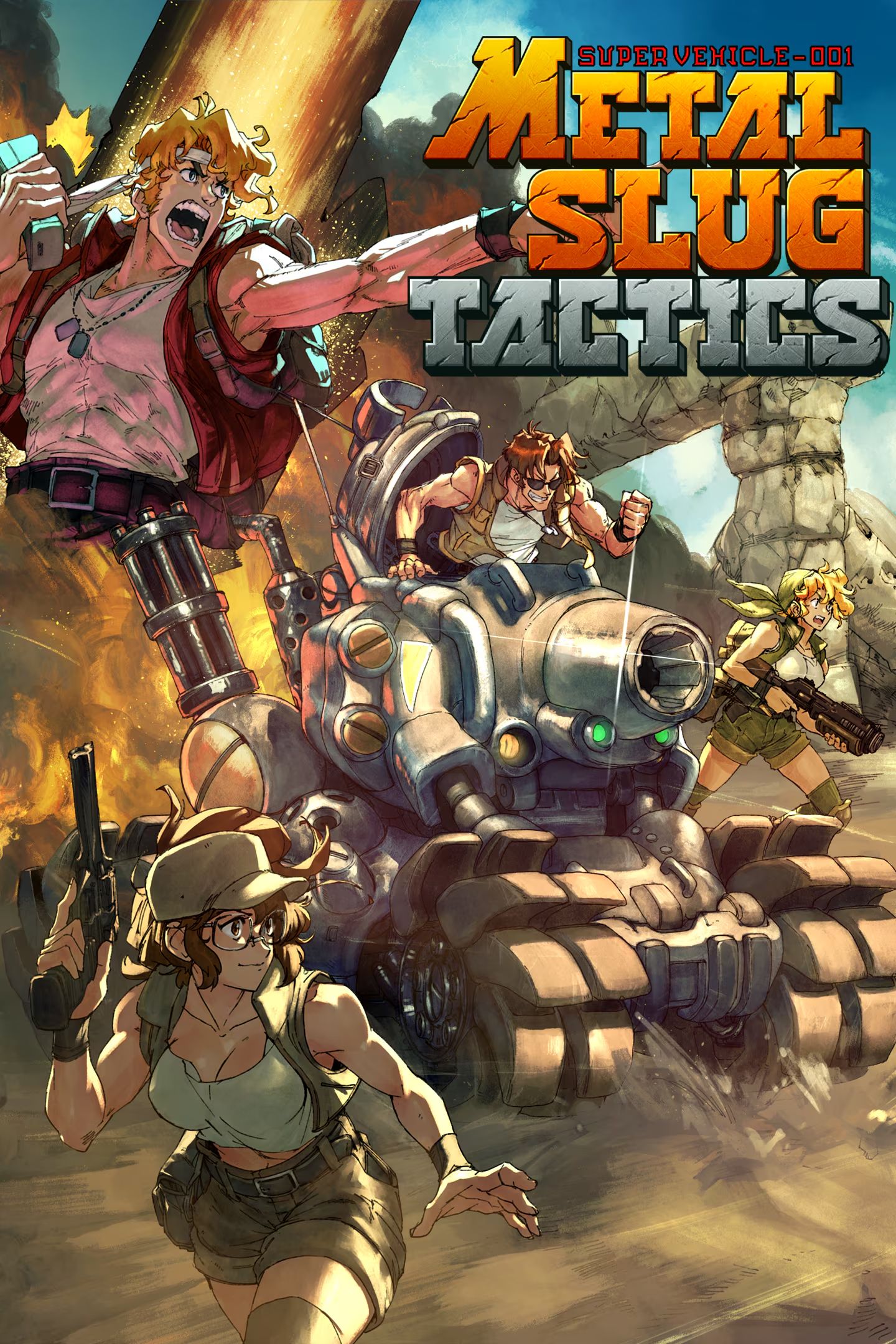Metal Slug Tactics offers a completely different angle on the iconic run-and-gun shooter series, both figuratively and literally thanks to its isometric perspective. As a roguelike turn-based tactics game, Metal Slug Tactics can’t quite rely on franchise staples to resonate with players; instead, the indie games team at Leikir Studio needed to deliver compelling turn-based gameplay in a roguelike package that would keep players engaged for repeated runs.
In an interview with Game Rant, Leikr Studio CEO Aurelién Loos spoke to us about how the team tackled a universal challenge that roguelike developers face: how to make a game that’s engaging in the long term when the genre’s conventions are inherently repetitive. The entire concept of roguelikes is founded on the idea of starting over again, but the roguelike genre‘s popularity shows that there are many ways to keep players on their toes from run to run. In Metal Slug Tactics’ case, a significant amount of build and mission variety were the keys.
Metal Slug Tactics features nine characters, each possessing unique skills and playstyles that can be further modified with weapon choices, modifications, and roguelike upgrades. Loos points to exploring these builds and their potential interactions as part of a squad of three brings a lot of variety to the game as players experiment with team compositions and equipment.
For example, one of the last characters we developed was Nadia, and she can use all mechanical stuff on the battlefield. She uses robot summons and things like that, so it’s a very defensive playstyle. As a player, I really love defensive playstyles, and that’s what I want to do in a tactical RPG. On the other hand, you have Tarma or Ralf. Ralf needs to be very aggressive because everything about his character pushes you to be on the front lines, going behind enemies and shooting them up close, since everything in his skill set is close-range.
While each character on their own distinct approach to tactics, devising new combinations of three characters is where much of the variety comes into play. How players utilize one character might change dramatically if it’s accompanied by another, and adjusting the squad composition to account for problems encountered in the previous run is a large part of successful Metal Slug Tactics strategy. As Loos said,
Yeah, you have very different characters. For example, some characters are much more about controlling space, moving your character and enemies around, and stuff like that. Everything comes together when you create a team of three characters. The cool thing is trying new combinations within your team. I think at the end of production, we probably played 200-300 hours of the game, still trying new combinations of characters and powers.
In addition, Loos noted that the mission structure brings plenty of variety to the table. Mission sub-objectives are somewhat random, so players won’t encounter exactly the same series of objectives throughout a run. This compounds the game’s high build variety, since the strengths and weaknesses of an identical squad composition will be tested differently during a roguelike run.
Every mission has some sub-objectives, all these sub-objectives are semi-random, and they really change the way you go into a mission. You don’t play the mission the same way if you need, for example, to kill a very specific target or clear the stage before three or four turns, and stuff like that. We really try to have a lot of different ways to refresh the way you choose to fight in a very specific map. We have a lot of layouts, a lot of maps in the game, and not all the layouts are accessible from the start. The more you go into difficulty, the more layouts you unlock.
The appeal of turn-based tactics games for many fans is that each mission is essentially a puzzle, and the roguelike structure of Metal Slug Tactics turns out to be an excellent way to deliver a steady supply of fresh puzzles for strategic gamers to solve.

Tactical
Strategy
War & Military
- Franchise
- Metal Slug
- Developer(s)
- Leikir Studio
- OpenCritic Rating
- Strong













Leave a Reply